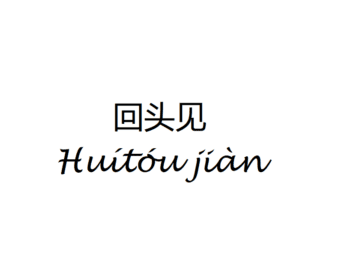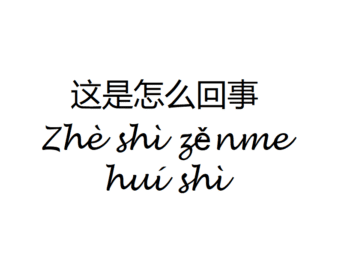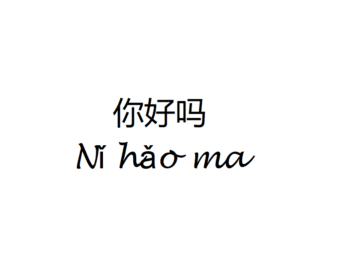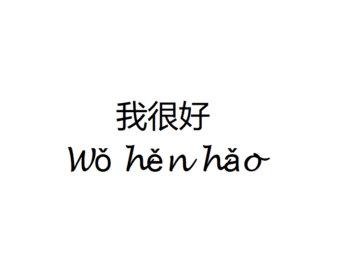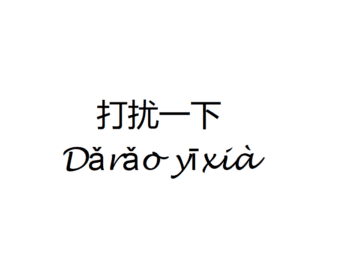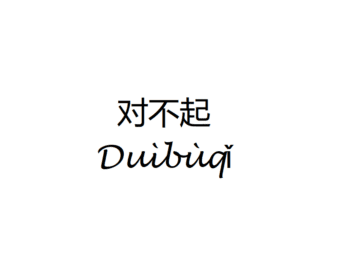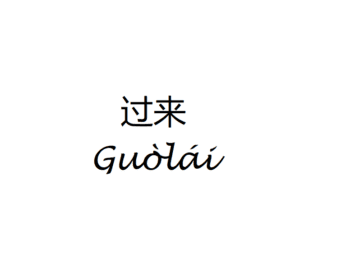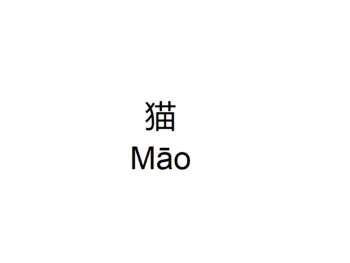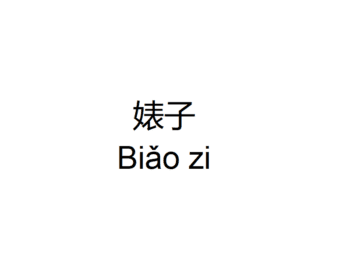The Chinese language is one of the oldest and most widely spoken languages in the world. It is estimated that over 1 billion people speak some form of Chinese as their first language, making it by far the most popular language on earth. The majority of those who speak Chinese live in China, but it has spread throughout East Asia, Southeast Asia, and even to parts of North America.

Chinese belongs to a family of related languages known as Sino Tibetan. This includes other languages such as Tibetan, Burmese and Thai which are all descended from Old Chinese (also known as Middle Chinese). Over time this single proto-language split into several different dialects which today make up the various forms of spoken Chinese across the globe.
In terms of writing system, there are two distinct systems used for written communication: traditional characters or simplified characters. Traditional characters were developed centuries ago, while simplified characters were introduced during Communist rule under Mao Zedong in an attempt to increase literacy rates within China’s population. Both versions remain widely used today with slightly more preference given towards traditional characters among certain regions such as Hong Kong and Taiwan.
Within each written character lies a complex structure composed by radicals and strokes. Radicals being small components that form part of larger symbols while strokes refer to brush movements required for completion when handwriting them out manually – something still taught extensively within schools today! Each character can represent multiple meanings depending on its context so understanding how words interact with each other is key when learning how to read literature.
1. Greetings
Here are several greetings to learn in Chinese.
Hello – 你好 – Nǐ hǎo
Good Morning – 早上好 – Zǎoshang hǎo
Good Afternoon – 下午好 – Xiàwǔ hǎo
2. Farewell
Wishing someone farewell is customary in China. Learn several phrases of telling someone goodbye.
Have a Good Day – 祝你有美好的一天 – Zhù nǐ yǒu měihǎo de yītiān
Have a Nice Day – 祝你今天过得愉快 – Zhù nǐ jīntiānguò dé yúkuài
Goodbye – 再见 – Zàijiàn
See You Tomorrow – 明天见 – Míngtiān jiàn
See You Later – 回头见 – Huítóu jiàn
Goodnight – 晚安 – Wǎn’ān
3. Small Talk
Here are some phrases to help keep a conversation going.
What’s Up – 这是怎么回事 – Zhè shì zěnme huí shì
How Are You Doing – 你好吗 – Nǐ hǎo ma
I Am Good – 我很好 – Wǒ hěn hǎo
4. Courtesy Words
In China, it’s customary to be polite in any type of conversation. Learn several words of courtesy towards each other.
Excuse Me – 打扰一下 – Dǎrǎo yīxià
Thank You – 谢谢 – Xièxiè
You’re Welcome – 不客气 – Bù kèqì
I’m Sorry – 对不起 – Duìbùqǐ
5. Other Common Phrases
Learn several other common phrases in Chinese to help with having conversations.
My Love
What are you doing
OK
Very Good
Come Here
6. Curse Words
It can’t hurt to learn some curse words in Chinese. Probably shouldn’t use them unless you are talking amongst friends.
Asshole
Bitch
Gay
Pussy
Fuck
To learn Chinese, you’ll need to become familiar with both its written and spoken forms. When starting out, it’s important to focus on learning basic pronunciation and tones before attempting more complex grammar structures or vocabulary words. There are online tools such as audio lessons and videos that can help you practice your pronunciation skills. It’s also helpful to have someone who speaks Chinese give you feedback on your progress as you go along.
Studying Mandarin characters will be key for reading and writing in the language. You may find several books that teach simplified characters or traditional characters depending on which type of script you prefer using (simplified or traditional). Once you’ve mastered some basic character recognition, try memorizing common phrases so that you can start having simple conversations in the language sooner rather than later!









